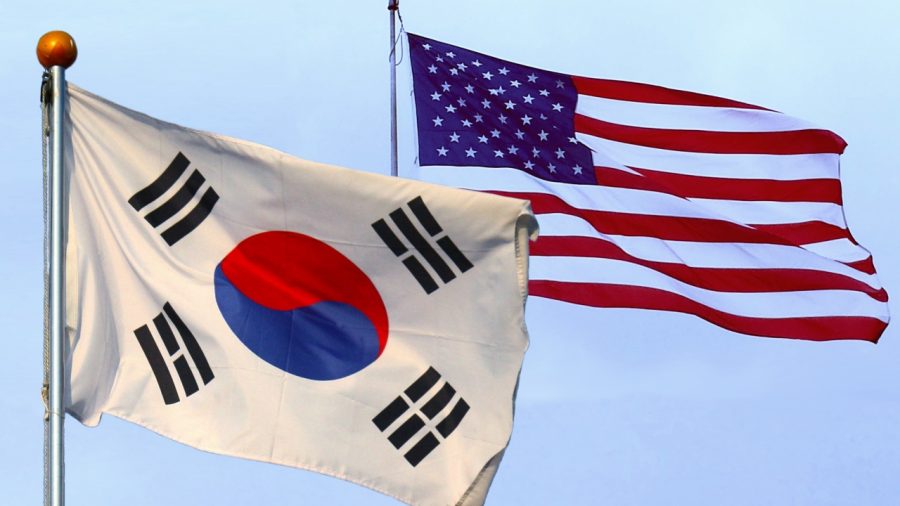Why Korean-Americans Use American Names
January 24, 2019
According to U.S. News and World Report, 31% of the entire student body at Tenafly High School in the 2015-2016 school year was Asian. Of that percentage, the majority was Korean. Indeed, many Tenaflician students have Korean friends, or at least have Korean classmates. But did you know that you might not know the most basic thing about your friend: his or her original name?
Different from American names, Korean names consist of a family name followed by a given name, with the family name traditionally consisting of one syllable while the given name usually consists of two. One of these two syllables is a generational name syllable that may be shared by siblings or any relative in the same generation, and the other is an individually distinct syllable. There are no middle names. Given names are traditionally taken from a restricted list of hanja, Chinese characters incorporated into the Korean language, but there are also those who use native Korean words like “Seulgi,” which means wisdom, or “Iseul,” which means dew. Additionally, some of the sounds in the Korean alphabet, Hangul, are difficult to replicate in the English language. Due to such reasons, native English speakers usually have difficulty in pronouncing Romanized Korean names, and so most Korean students prefer to create a completely new American name rather than use a Romanization of their Korean name.
If they do use a Romanization of their Korean name, though, the same name could be Romanized in different ways, as the English version is created from approximating the pronunciation. For example, one of the three most common Korean surnames is Lee, but variations of this surname include Rhee, Yi, and Rhie. The Romanization can also be different from the pronunciation. For example, another one of the three most common Korean surnames is Kim, but a more accurate Romanization, according to the pronunciation, would be Gim. Even with the same name, there can be variations and more accurate versions.
There are some experiences that all those who have multiple names share. For example, on the first day of school, when the teachers look at their rosters, the names on it are usually the Korean Romanizations. Then, there is the awkward pause, a raised hand, and the words, “Actually, I go by _____.” The same series of events repeat every year; it also applies to whenever there is a substitute in class. Such awkward situations encourage Korean students to take another, “easier” name.
Classmates of Korean students have varied responses upon hearing the Romanized names. Some are indifferent or react with acceptance. On the other hand, there were students who mock the Korean name for its unusualness.
Thoughts on having two names are generally positive. Jack Ham (‘20), whose Korean name Romanization is Ham Hwe-Suk, said, “It was comfortable because people could pronounce it and my name was easier to write.” His particular American name was created by his elementary school principal, who thought that his Korean name was hard to pronounce and thus gave him the name of a baseball player. Brenda Kim (’21), whose Korean name Romanization is Kim Min-Seo, said, “I like having a name for my Korean heritage and another for the setting I’m in.” She made an American name because, from her older sister’s experience, she knew that Romanized Korean names were difficult to deal with for official documents and school.
To some Korean-Americans, having both a Korean name and American name is an efficient way to adjust to life in America while still keeping intact their Korean cultural identity.

















































































































































